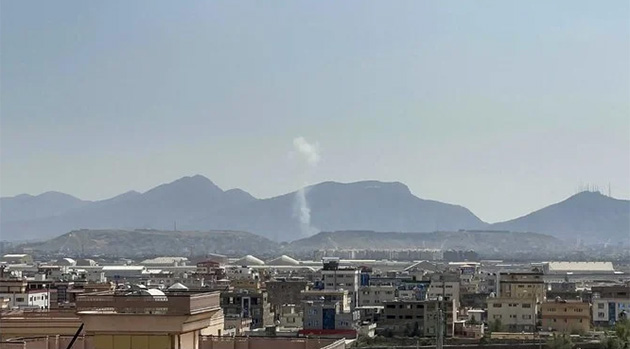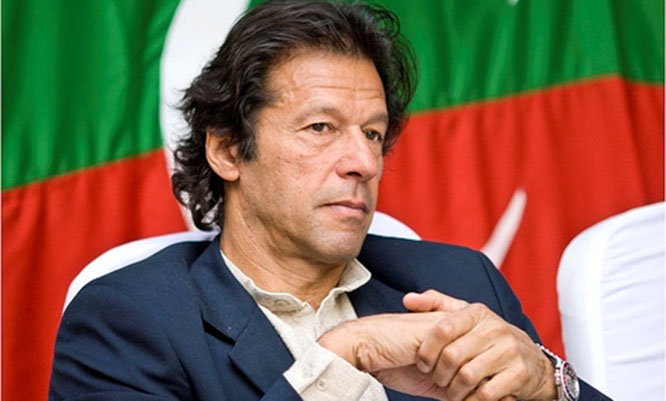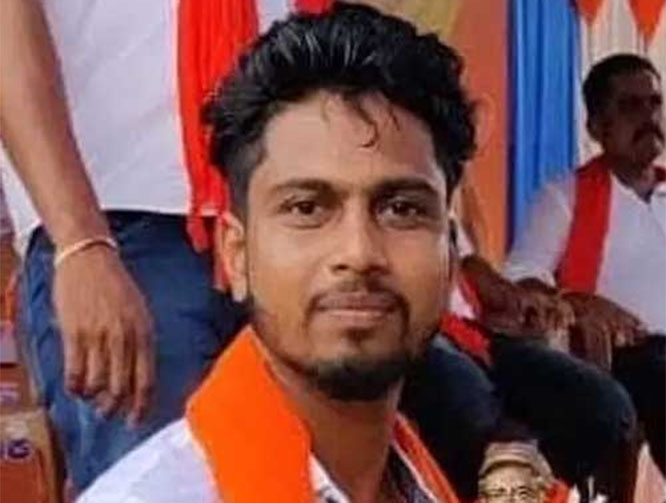
Kabul, Sept 30: A suicide bombing at a learning center in the Afghan capital Kabul killed at least 19 people on Friday morning, police spokesman Khalid Zadran said.
“Students were preparing for an exam when a suicide bomber struck at this educational center. Unfortunately, 19 people have been martyred and 27 others wounded,” Zadran said.
The blast happened in the Dasht-e-Barchi neighborhood, a predominantly Shiite Muslim area in western Kabul home to the minority Hazara community, the scene of some of Afghanistan’s most deadly attacks.
“An educational center called ‘Kaj’ has been attacked, which unfortunately has caused deaths and injuries,” interior ministry spokesman Abdul Nafy Takor tweeted.
“Attacking civilian targets proves the enemy’s inhuman cruelty and lack of moral standards.”
Videos posted online and photos published by local media showed bloodied victims being carried away from the scene.
The Taliban’s return to power in Afghanistan last year brought an end of the two-decade war and a significant reduction in violence, but security has begun to deteriorate in recent months under the hard-line Islamists.
Afghanistan’s Shiite Hazaras have faced persecution for decades, with the Taliban accused of abuses against the group when they first ruled from 1996 to 2001 and picking up again after they swept to power last year.
They are also the frequent target of attacks by the Taliban’s enemy the Daesh group. Both consider them heretics.
Countless attacks have devastated the area, with many targeting children, women and schools.
Last year, before the return of the Taliban, at least 85 people — mainly girl students — were killed and about 300 wounded when three bombs exploded near their school in Dasht-e-Barchi.
No group claimed responsibility, but a year earlier Daesh claimed a suicide attack on an educational center in the same area that killed 24, including students.
In May 2020, the group was blamed for a bloody gun attack on a maternity ward of a hospital in the neighborhood that killed 25 people, including new mothers.
Just months ago in April two deadly bomb blasts at separate education centers in the area killed six people and wounded at least 20 others.
Education is a flashpoint issue in Afghanistan, with the Taliban blocking many girls from returning to secondary school education, while Daesh also stand against the education of women and girls.







Comments
Add new comment